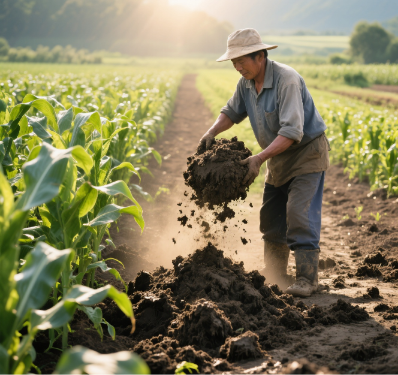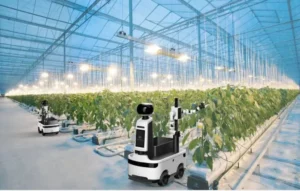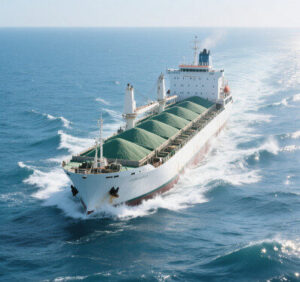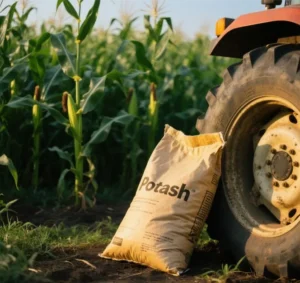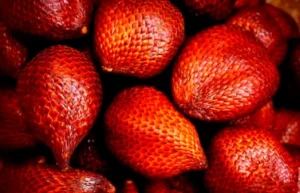The global agricultural industry is at a critical juncture, balancing productivity demands with environmental stewardship. As foreign investment continues to influence the agricultural landscapes of developing nations, one frequently overlooked resource with transformative potential is animal manure. Though traditional views consider it waste, scientific advancements have proven that properly processed manure can be a high-quality, sustainable fertilizer. This article will explore the composition, benefits, risks, and best practices of manure utilization to highlight its role in enhancing soil health and present foreign investment opportunities in this emerging sector.
The Composition and Nutrient Potential of Animal Manure
Animal manure is a complex organic mixture that is rich in essential nutrients. Its composition varies by species, offering unique agricultural advantages.
- Pig manure comprises 15% organic matter, 0.5% nitrogen (N), 0.5–0.6% phosphorus (P), and 0.35–0.45% potassium (K). Comprising 15% organic matter, it contains 0.5% nitrogen (N), 0.5–0.6% phosphorus (P), and 0.35–0.45% potassium (K). The high nitrogen content and humus improve soil structure. However, the low carbon-to-nitrogen ratio (approximately 14:1) requires microbial augmentation for efficient decomposition.
- Cattle manure: It contains 14.5% organic matter and lower levels of nitrogen (0.30%-0.45%), phosphorus (0.15%-0.25%), and potassium (0.10%-0.15%). As a “cold” fertilizer, it decomposes slowly but excels at retaining soil moisture, especially when mixed with fibrous manures such as horse manure.
- Horse manure contains 21% organic matter, 0.4–0.5% nitrogen (N), 0.2–0.3% phosphorus (P), and 0.35–0.45% potassium (K). It contains 21% organic matter, 0.4–0.5% nitrogen, 0.2–0.3% phosphorus, and 0.35–0.45% potassium. Its fibrous texture and “hot” decomposition properties make it ideal for improving the structure of clay soil.
- Sheep Manure: It is nutrient-dense, containing 24–27% organic matter, 0.7–0.8% nitrogen (N), 0.45–0.6% phosphorus (P), and 0.4–0.5% potassium (K). Its “warm” characteristics make it suitable for diverse soil types.
- Poultry manure: It is exceptionally rich in nutrients (1.63% N, 1.54% P, and 0.85% K), but it poses risks due to its high salinity (up to 2.5% NaCl) and uric acid content. Proper composting is crucial to mitigate phytotoxicity and pathogen risks.
Data-driven insights show that the N content of poultry manure is three times higher than that of cattle manure; however, its salt content requires specialized treatment to avoid soil salinization. Composting, for example, reduces salt levels by 40–50%, making it safer to apply.
Benefits and Risks of Manure Fertilization
Advantages:
- Nutrient Diversity: Manure provides not only macronutrients (N, P, and K) but also essential micronutrients, such as Ca, Mg, and Zn. This leads to enhanced soil fertility and higher crop yields. For example, a study in Iowa found that the continuous application of manure increased corn yields by 15%.
- Soil Health Enhancement: The humic substances in manure improve soil aggregation and water retention. In some clay soils, water retention has been observed to increase by up to 20%. Improved microbial activity also makes the soil more resilient. One Nebraska farm reported a 25% reduction in soil erosion after regularly applying manure.
- Economic Sustainability: Smallholder farmers can save significantly by replacing synthetic fertilizers with manure. For instance, Kenyan farmers who switched to manure reported savings of 30-50% on fertilization costs. This creates opportunities for circular economy models, in which waste is transformed into a resource.
- Environmental Mitigation: Proper manure management prevents waterway pollution and reduces greenhouse gas emissions. Studies have shown that composting can reduce methane emissions by 60-70%. For example, a dairy farm in California reported a 40% reduction in its carbon footprint after implementing a comprehensive manure management plan.
Risks (Mitigable Through Science):
Including specific examples and data in the advantages section makes it more compelling and helps readers understand the practical benefits of manure fertilization.
- Salinization and toxicity: The high salt and uric acid content of fresh poultry manure can harm crops. Composting reduces salt levels by 40–50% and neutralizes phytotoxins.
- Pathogens and contaminants: Raw manure may carry diseases, weed seeds, or heavy metals. High-temperature composting (60–70°C) kills 99.9% of pathogens within three to four weeks.
- Nutrient Imbalance: Variable composition requires precise testing. Tools such as nutrient analysis kits can minimize the risk of overapplication.
Best Practices for Manure-to-Fertilizer Transformation
1. Advanced Composting Technologies:
- High-temperature fermentation: Solar-powered or heated systems maintain 60–70°C to eliminate pathogens and accelerate decomposition.
- Microbial augmentation: Inoculating with specialized bacteria (e.g., ETS consortia) can enhance decomposition efficiency by 20–30%.
- Windrow Composting: Aerated piles are turned every 3–5 days to ensure thorough degradation within 8–12 weeks.
2. Precision Application Strategies
- Soil-Specific Matching: Fibrous manures (e.g., horse manure) improve the porosity of clay soils by 15–20%, while sticky manures (e.g., pig or chicken manure) enhance the water retention of sandy soils by 25–30%.
- Deep incorporation: Plowing manure 30–40 cm deep prevents nutrient loss and toxicity on the surface.
- Integrated Systems: Combining manure with 30–40% chemical fertilizers and microbial inoculants provides balanced nutrition and reduces synthetic inputs by up to 50%.
3. Optimizing Manure Types
- Pig manure: Mix with horse manure to introduce cellulose-degrading microbes and boost decomposition efficiency.
- Poultry manure: It must be thoroughly composted to reduce salt content and neutralize uric acid toxicity.
Foreign Investment Opportunities in the Manure Fertilizer Sector
Foreign investment in manure processing and fertilization offers significant advantages for developing nations.
1. Technology Transfer:
Advantages: Funding composting infrastructure, automated sorting systems, and microbial inoculation technologies can enhance local capacity, resulting in more efficient manure conversion and higher-quality fertilizers. This reduces reliance on imported fertilizers and improves soil health.
Challenges: High initial costs and the need for specialized training can be challenging. Transferring knowledge and skills to local personnel is crucial for long-term success.
2. Infrastructure Development
Advantages: Building regional composting hubs centralizes collection and processing, ensuring a steady supply of standardized, manure-based fertilizers. This improves access to fertilizers for local farmers and reduces transportation costs.
Challenges: Land acquisition, community acceptance, and proper waste management practices must be addressed to avoid environmental and social issues.
3. Data-Driven Solutions
Advantages: Implementing soil testing labs and digital platforms for precision manure application optimizes fertilizer use and reduces environmental risks, such as nutrient runoff. This can lead to more sustainable and productive agriculture.
Challenges: – Establishing reliable data collection and analysis systems can be complex and time-consuming. Another challenge is ensuring that farmers have access to this technology and can use it.
4. Circular Economy Ventures:
Advantages: Investing in biogas production from manure can generate renewable energy and reduce reliance on fossil fuels. It also provides an additional revenue stream and further valorizes waste streams, promoting a circular economy.
Challenges: Biogas projects require significant upfront investment and technical expertise. It is essential to ensure a stable market for biogas and byproducts for project viability.
Potential impact: A $100 million investment in manure processing could create 10,000 local jobs, reduce fertilizer costs for 500,000 smallholder farmers, and cut agricultural greenhouse gas (GHG) emissions by 200,000 tons per year—aligning economic growth with sustainability goals.
Conclusion
Animal manure, when scientifically processed and applied, is a cost-effective, eco-friendly fertilizer solution. By integrating data-driven practices and foreign investment, developing nations can unlock its full potential, transforming waste into wealth while building resilient agricultural systems. This transition not only boosts crop yields but also mitigates pollution, creates jobs, and aligns with global sustainability agendas. The time for action is now—to invest in manure management as a cornerstone of the future of food security and environmental health.


